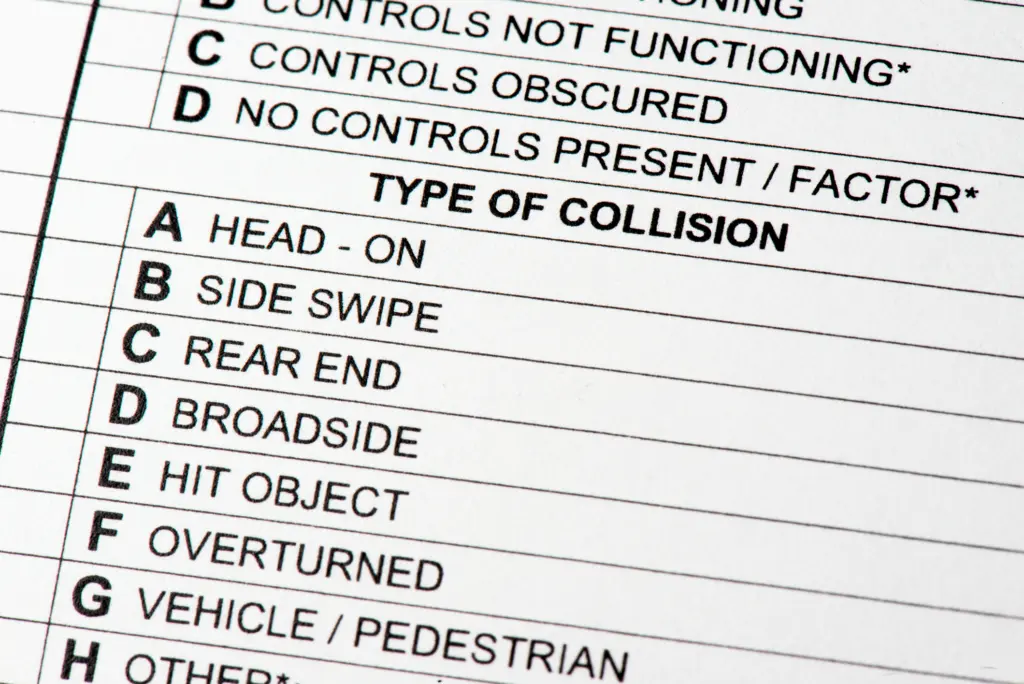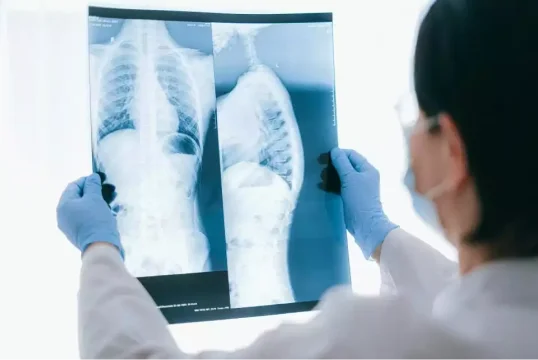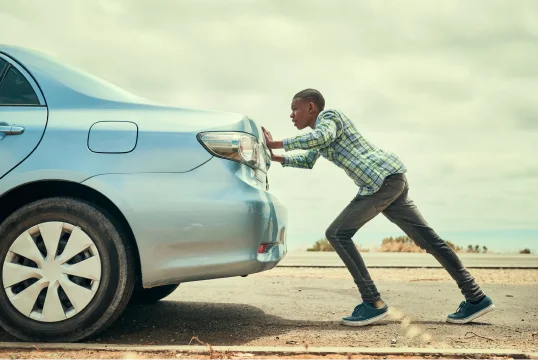
Why These Accidents Cause Unique Injuries
Rideshare accidents often involve sudden impacts at awkward angles—like T-bones, side-swipes, or abrupt stops. Common injuries include:
- Whiplash and neck sprain
- Concussions and head injuries
- Fractures and broken bones
- Soft tissue injuries—injuries to muscles or tendons like sprains and tears
Why Soft Tissue Injuries Still Matter
Soft tissue injuries don’t always show up on X-rays, but with proper medical records, diagnostic imaging—X-rays or MRIs— and documentation, you can still make a strong case.
Documenting Your Injuries
- Get checked out at an ER or urgent care
- Take photos of visible bruising or swelling
- Follow up with a primary care doctor or specialist
- Save all bills, diagnoses, and discharge paperwork
Insurance Coverage Considerations
Liability coverage—who pays your medical bills—depends on whether the rideshare app was:
- Off: Personal insurance applies
- On, waiting for a ride: Up to $50,000 per person
- Ride in progress: $1 million in commercial liability
5 Steps to Take After a Rideshare Injury
- Call 911 and get a police report
- Seek medical care immediately
- Document everything (photos, receipts, visits)
- Don’t speak to insurance without legal guidance
- Contact a California rideshare accident attorney
Feeling Overwhelmed After a Rideshare Crash?
Take a breath. You don’t have to face medical bills and confusing insurance rules alone. Try this simple breathing technique to help calm your body and mind:
Breathing Exercise: Inhale through your nose for 4 seconds, hold for 4, exhale through your mouth for 4, hold for 4. Repeat 3–5 times.
Real Case Example: San Diego Client with Whiplash
A San Diego passenger in a Lyft vehicle reported neck stiffness and delayed symptoms. With proper documentation—including urgent care records and follow-up physical therapy—our team secured a $100,000 settlement after the initial offer was just $15,000.










































































